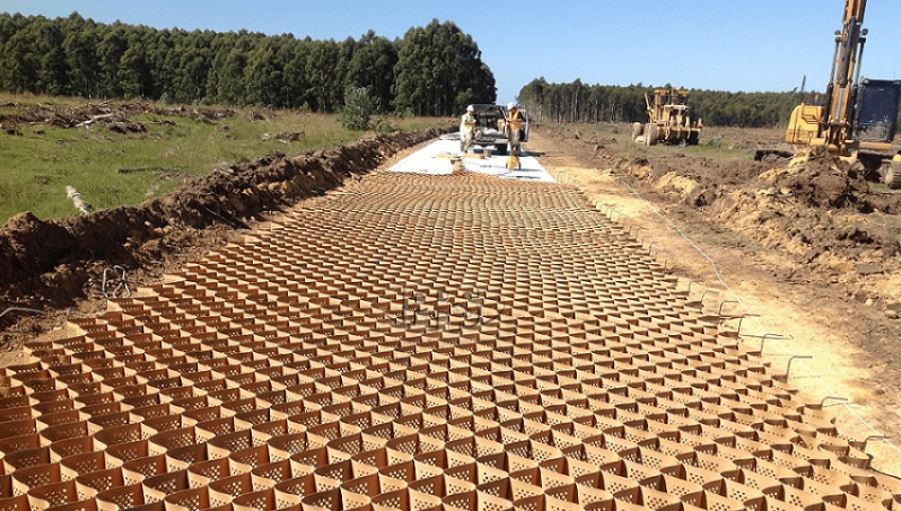Geosynthetics, including geotextiles, geomembranes, and geogrids, are used in a wide range of infrastructure development applications owing to their ability to provide soil reinforcement, separation, filtration, drainage, and containment functions. Geotextiles are used as separators or filters between natural ground and man-made materials such as concrete, stone, or compacted soil. Geomembranes are employed as impermeable linings for reservoirs, canals, tunnels, and landfills to prevent seepage and pollution of subsurface waters. Geogrids made from polypropylene or high-density polyethylene polymers provide additional strength to soft subgrade soils and granular materials used in highways, railroads, retaining walls, and embankments.
The global geosynthetics market is estimated to be valued at US$ 13.2 billion in 2023 and is expected to exhibit a CAGR of 4.5% over the forecast period 2023-2033.
Market key trends:
Demand for geosynthetics is growing rapidly due to ongoing infrastructure development projects across both developed and emerging economies. Rising investments in highways, railways, dams, landfills, mining projects and urban development are augmenting the consumption of geosynthetics. In addition, government initiatives focused on expanding road networks, developing smart cities and improving water management infrastructure are fueling the adoption of geosynthetics. Manufacturers are also introducing innovative product variants with improved mechanical properties, durability and resistance to harsh weather conditions to expand the application scope of geosynthetics. Development of geosynthetics made from recycled polymers is another key trend, gaining significance against the backdrop of rising environmental consciousness.
Porter’s Analysis
Threat of new entrants: The threat of new entrants is moderate as setting up a new geosynthetics manufacturing plant requires high capital investment. However, startups can provide customized products.
Bargaining power of buyers: The bargaining power of buyers is high due to the presence of a large number of established manufacturers. Buyers can negotiate on price and demand customized products.
Bargaining power of suppliers: The bargaining power of suppliers is moderate as raw materials such as polymers, natural fibers are commoditized and available from multiple sources.
Threat of new substitutes: The threat of new substitutes is low as geosynthetics have superior properties compared to conventional materials and there are no direct substitutes.
Competitive rivalry: The competitive rivalry is high due to the presence of numerous global and regional players offering similar products. Players compete on pricing, quality, and innovation.
Key Takeaways
Global Geosynthetics Market Size is expected to witness high growth over the forecast period.
Regional analysis: Asia Pacific accounts for over 40% of the global geosynthetics market currently led by China, India, and Japan. Infrastructure projects including highways, railways, and water management are major application areas driving demand. Countries in Southeast Asia are emerging markets for geosynthetics.
Key players: Key players operating in the geosynthetics market are GSE Environmental, Low & Bonar, Fiberweb India Ltd., Koninklijke Ten Cate, Maccaferri, NAUE GmbH & Co. KG, Propex, TENAX, TYPAR and HUESKER. Players are focusing on expanding their production capacities and offering customized product solutions for end-use industries.
*Note:
1. Source: Coherent Market Insights, Public sources, Desk research
2. We have leveraged AI tools to mine information and compile it

